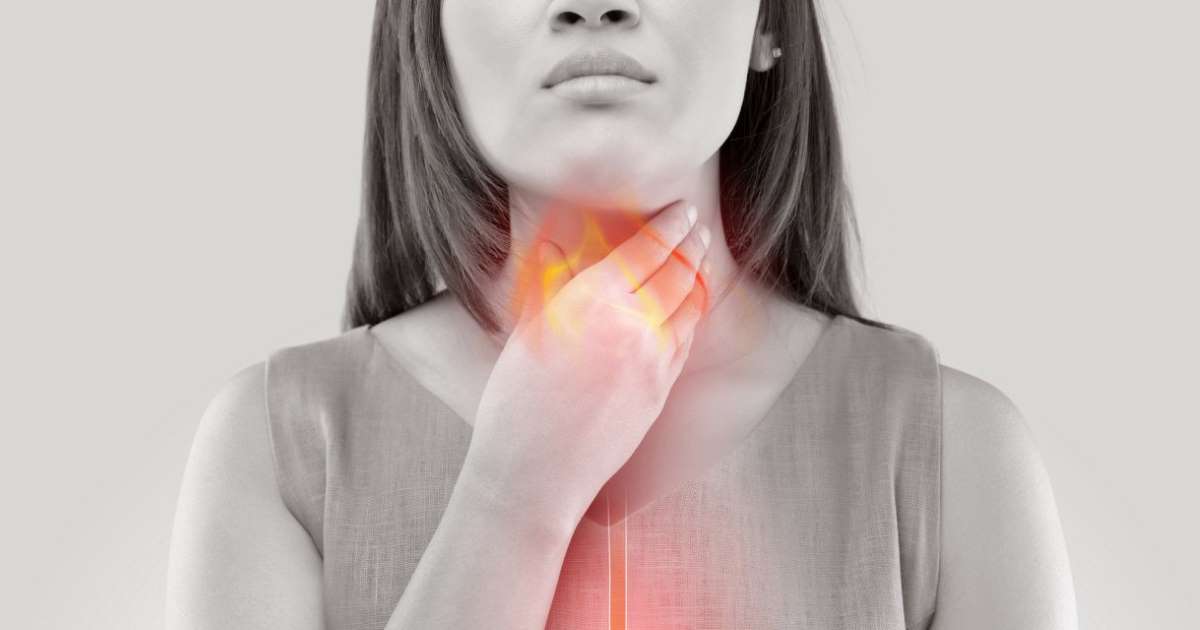Reported Causes And Risk Factors Of Esophageal Cancer
Esophageal cancer is a disease where cancerous cells grow out of control in the esophagus, which is the tube connecting the throat to the stomach. Cancer can occur anywhere within the esophagus, and it can spread to other regions of the body when untreated. Esophageal cancer happens when a mutation occurs in the growth and replication section of the DNA in the esophageal cells. There are multiple types of esophageal cancer that are classified by what kind of cells are affected.
Adenocarcinoma occurs in the mucus-secreting gland cells of the esophagus. Squamous cell carcinomas start in the thin flattened cells that make up the inside lining of the esophagus. Other less common types of esophageal cancer include sarcomas, melanomas, small cell carcinomas, lymphomas, and choriocarcinomas. Although there is no way to prevent esophageal cancer, it is helpful to be aware of the numerous causes and risk factors of this type of cancer.
Gastroesophageal Reflux Disease

Gastroesophageal reflux disease (GERD) is a disorder of the digestive tract caused by a dysfunction of the lower esophageal sphincter, the ring of muscle tissue separating the esophagus and stomach. In a healthy individual, the lower esophageal sphincter opens so food can enter the stomach, but it subsequently closes to keep the stomach contents from flowing back up into the esophagus. The lower esophageal sphincter in patients with GERD relaxes when it shouldn't, or it allows stomach contents to flow backward due to its general weakness. The acids and other digestive components in the stomach are corrosive and damaging to the lining of the esophagus.
The frequency of stomach acid contact with the esophageal lining is excessive in individuals who have gastroesophageal reflux disease. This contact results in repeated and compounded damage to the cells of the lower esophageal lining if it is left untreated over time. Whenever cellular damage occurs, it is also likely for damage to happen in the cellular DNA. If the repeated damage to the lining of the esophagus from GERD results in a mutation of the DNA segment responsible for cellular replication, esophageal cancer occurs. There is often no change in symptoms when gastroesophageal reflux disease progresses into esophageal cancer. It often goes undiagnosed until it has reached an advanced stage.
Achalasia

Achalasia is an uncommon disorder where an individual has difficulty with food passing from the esophagus into their stomach. This disorder happens due to nerve damage in the esophagus and surrounding regions. The nerve damage causes impairment to the ability of the esophagus to squeeze food down. Since the esophagus cannot properly squeeze down food, the lower esophageal sphincter cannot fully relax and allow food to pass into the stomach. In achalasia patients, food stagnates in the esophagus and causes an overgrowth of bacteria that results in fermentation and production of lactic acid byproducts.
These damaging byproducts stay in the esophagus, causing dysplastic changes and damage to the esophageal mucosa. The byproducts of bacterial overgrowth also inhibit proper stomach acid elimination from the esophagus. In addition, the cells of the esophagus erode due to esophageal overstretching associated with food stagnation. Over time, chronic esophageal inflammation combines with these factors that present with achalasia, resulting in cellular DNA damage. Any damage or changes to the DNA of the esophageal cells can cause the development of esophageal cancer.
